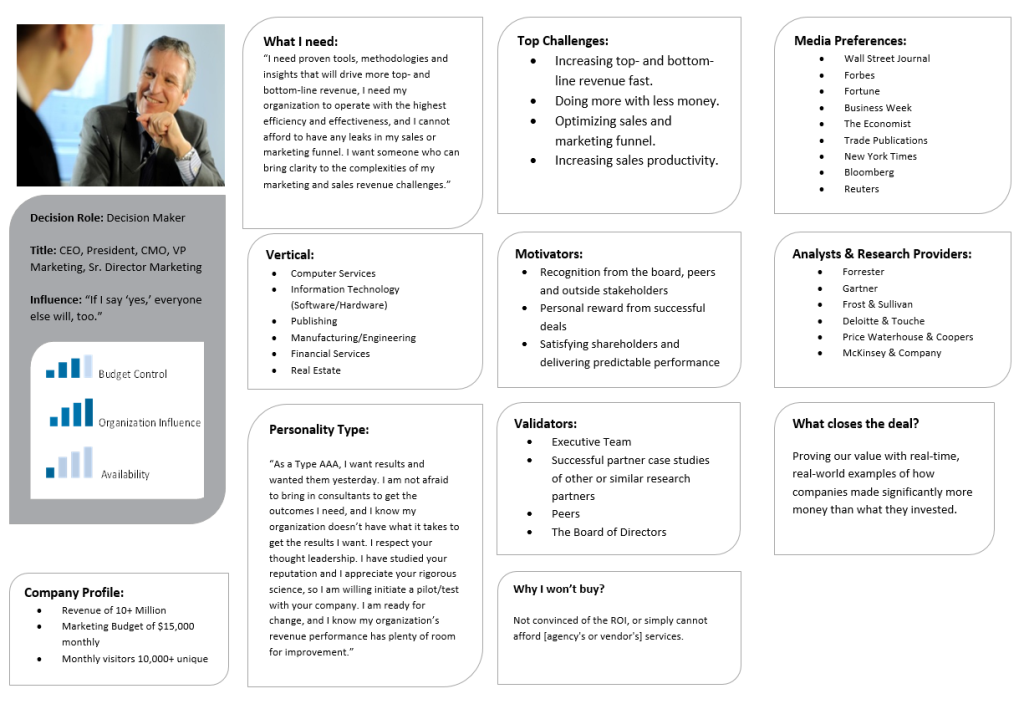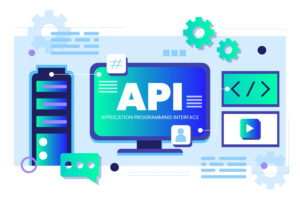
While servicing clients for Kodework, I often meet friends from the web design industry who opine that design personas are a vanity parameter. Some say that a robust product is one that must satisfy every user.
I feel design personas work brilliantly if set up correctly. I look at my 3-year old nephew struggling to fit circular pegs in a square hole. He knows they don’t fit but he still keeps trying. That’s how it feels when you try setting a product for a B2B audience which in fact is for a B2C audience.
There must be some reason why personas are always the first thing a product manager thinks of when a wireframe is to be made.
Coming to B2B design personas, it does differ slightly in target audience and user behaviour. That is why a separate B2B persona template is created.
A B2B design persona must look holistically represent an organization rather than an individual. Then, break it down to decision makers and finally end users.
This post will cover just the basics of a B2B SaaS product, and things that need to be kept in mind when creating a B2B design persona.
A persona that’s SaaSsy
A SaaS (Software as a Service) product is any software that is developed to satisfy consumers, but through an online platform. It cannot be downloaded like a regular mobile or web application. It needs to be accessed through a web-hosted application. No installing or maintaining software is needed.
SaaS B2B companies sell their services or products to other companies (not individual users). Great examples are Salesforce, Zendesk, Jira, etc. B2B SaaS products or applications are complex but scalable.
They cater to numerous functions throughout the organizational hierarchy. They are component based and outcome-oriented, with massive amounts of data to store.
If you are curious to learn more about design concepts, click here to know more
B2B SaaS product challenges
B2B SaaS products follow a peculiar life-cycle. I feel this is predominantly due to its larger ticket size and the value proposition it presents. There are concerns however.
The first B2B SaaS product challenge that encounters a B2B product lifecycle is its scope. The scope involves solving one focal problem. It can solve the key pain point of the user but what about the issues on the periphery of that user’s needs?
According to a major statistic – 52% of users feel disengaged with an app after an initial bad mobile experience.
The second B2B SaaS product challenge is flexibility and efficiency of the product. How does it cater to different sets of users with different technical know-how? The challenge is to be viable across functionalities and hierarchies.
Brewing the perfect B2B design persona
If you look for ideas to create a B2B design persona on Google, the results will be mixed. Apparently, Google finds it confusing between marketing personas and design personas.
There is no apparent correlation between design and marketing personas. The difference is in their respective audience segmentation. Marketing personas relate to selling or promotion. A product design persona solves user problems and creates values.
KODEWORK TIP –
“I feel B2B design personas shouldn’t consider classic resellers and consulting agencies within the lifecycle. They are buyer types who deserve separate marketing personas.”
A VAR (value added reseller) is who we are after. I believe they are the ones consuming your product and will benefit most when addressed to. Again, your product comes with certain specifics, and hence, segment that VAR segment further to aid the design process.
Once you know whom to target, start the creation of a B2B persona template. Don’t delve into finer details. Excess information usually blurs the focus. Break it down till you can differentiate the core differences.
Two major perspectives to keep in mind for B2B personas are – A Business Context (for the focus group to be targeted) and Decision-Making Context (for the decision makers in that focus group)
Begin the template for the first perspective. The elements that need to be added here are,
Company identification
This includes company name, company logo, and possibly the company’s motto. They allow for instant recognition and visual representation. The motto gives insight into the B2B company’s mission.
Filmographic
It draws an outline for the targeted B2B company/organization. It explains the size, what business they are into, their day-to-day operations, and market share.
History
This includes the array of services or products your targeted B2B company offers. Add to this business domain, revenue stream (including source of their revenue) and geography.
Challenges
Add the pressing challenges the decision makers have to face. It will be great to add goals here as well. How can your product or service meet the challenges through well defined goals?
Role
Kickstarting the Decision-Making Context, the elements here all focus on who are the decision makers. The more you know about who they are the better. It gets easy to connect with them. Don’t fall into the trap of appeasing a collective (board members, executive team).
Rather, single out the most influencing power in your targeted B2B company. Use the rest of the top management as validators.
Position
Start with the organizational chart. Work your way from top to bottom. Look at what expertise they possess and the duties they carry. Work on the demographics to build a visual image through – name, age, educational background and maybe picture.
Psychographics
I like Psychographics because it carves out details about your audiences’ personal traits, attitude, personal goals, motivations, and mindset. It helps locate the external and intrinsic drivers.
Logos
Add clickable company logos to the template. Add external links to the blog, social media buttons and about us page.
In parting, I would like to reiterate that the ultimate goal of creating a B2B personal template is to taper towards the end user of the product. Business heads will take the call, but the end-user will be using the product.
Build a B2B SaaS product that helps achieve strategic goals but also proves beneficial to the user. Target a high consumer adoption strategy.
Add another section to the template called – User Profile. Add deeper insights about the user in here. His/her character sketch, work environment burden, frustration, needs, etc.
There is no need to follow the elements that I suggested above for your personal B2B persona. You are free to choose your own style, but do keep in mind the contextual scenarios and behaviour archetypes.
I leave you with a B2B persona template created Mid-Market Place on Pinterest. I like the segmentation done here. Keep working on your persona template till you feel you get every possible aspect of your B2B target audience onto it.

IMAGE COURTESY – PINTEREST
Happy Templating!!!
If you are struggling to garner profitable business during this pandemic, let us help you.
Click on the ‘BRIGHT BLUE BUTTON’ below and contact us to know how!
Also, if you are a Business looking to PARTNER, Freelancer looking to WORK WITH US, or just interested in knowing more about what cool things we do, go to KODEWORK.COM



